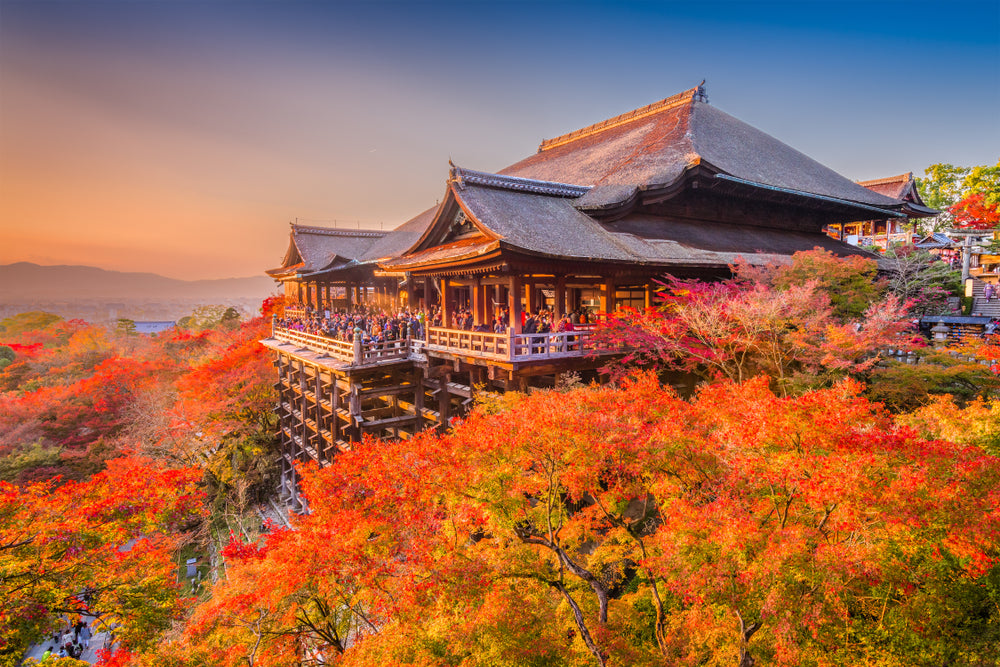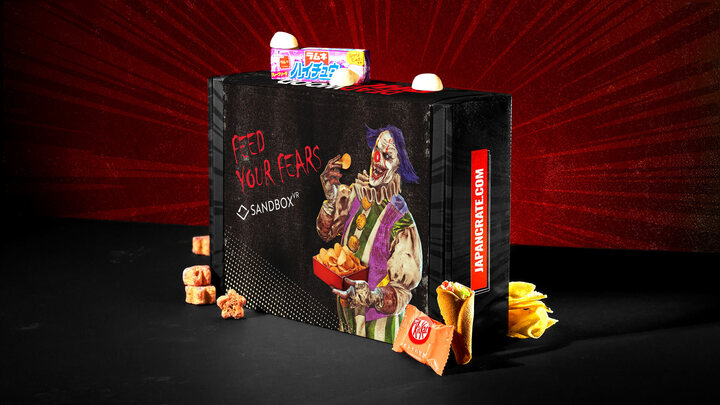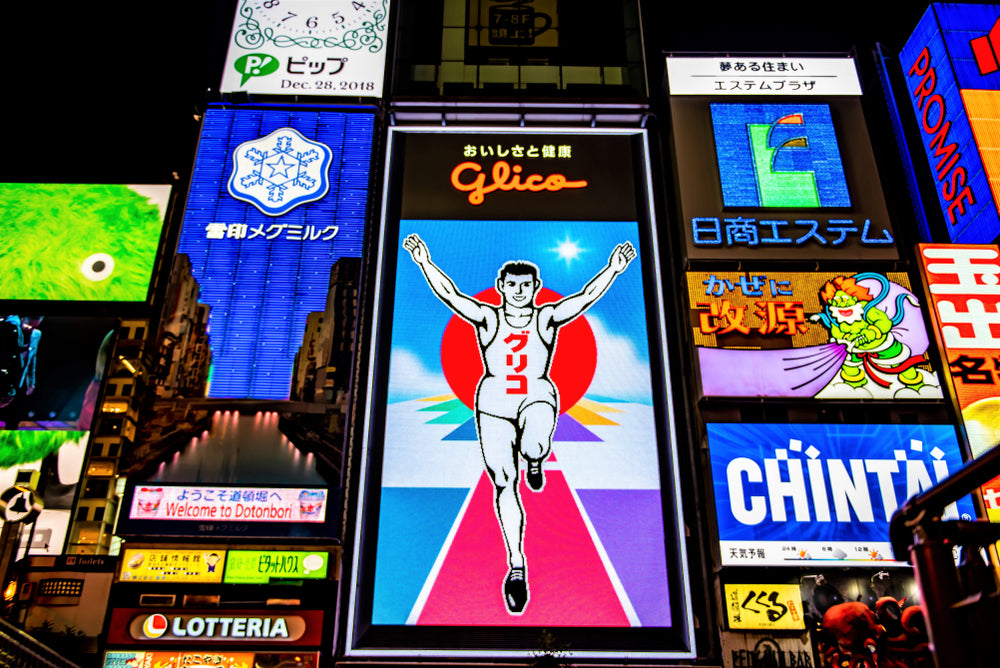Japanese Candies vs American Candies
Sweets are something we enjoy doing more than anything. The selection of premium candies available in Japan is vast and includes everything from well-known brands to exciting new products. There are many different things to taste, from mouthwatering Japanese chocolate to Japanese sweets. How about American sweets? American versions of any other country’s cuisine is typically too packed with flavor for the people of the country of origin.

One of the most prominent differences between American and Japanese snacks is that Japan offers so many different flavors. Japanese snacks also tend to feature more complex flavors than American snacks, which are typically more simple and favor chocolate, milk chocolate, peanut butter, caramel, vanilla, and fruity flavors. Although American candy tastes great, Japanese candy are more interesting to taste largely because of the wide range of flavors offered. Additionally, many candies in the US don't feature mascots or colorful designs unlike in Japan where the Japanese market is full of eye-catching wrappers, mascots, kawaii figure, and slogans. Don't be put off by the fact that some of the candy produced in Japan is more savory rather than sweet. The Japanese are masters at thrilling and perplexing you at the same time, whether it is with soy sauce, lemon, musk melon, pumpkin, or anything else.

Japanese snack and candies, on the other hand, boast a colorful variety of flavors. They extend beyond the American short list, representing flavors like pumpkin, soy sauce, and musk melon. Kit-Kat flavors in Japan exemplify the demand for this extensive list of flavors. This varied palette makes sweet more interesting, and it means that if you don't like one flavor, no worries, there's plenty more to try!
Japanese Candy
If you enjoy trying foods from different cultures, especially candy, Japan is a great place to start because there are so many exquisite candies made there. Japanese people have a long-standing passion for inventing novel flavors and sweets varieties. Not just the hard-sweet snacks that you might be picturing are offered as candy in Japan; there are many other forms as well. In addition to being accessible in solid and liquid forms, candy also comes in a variety of shapes and sizes. Because of how deeply ingrained treats are in Japanese society, candy was once used as a seasoning.

People have long had a soft spot in their hearts for traditional and new releases Japanese snacks. Whether you love Japanese chocolate, gummy, or hard candies, Japan has it all. It's a bottomless pit of party meals that you can only aspire to try all at least once in your lifetime with their extremely unusual and eye-catching packaging as well as a variety of fun and unique flavors. For those seeking a party in their mouths, Japanese candies and snacks in particular rank highly on the food chain.
Japanese Very Own Candy
Naturally, candy is primarily intended for children, therefore its packaging is frequently vibrant and colorful, but Japanese treats confectionery takes this to a completely new level. People's curiosity about the treat and sweets that are offered in the nation is sparked, in part, by the bizarre packaging. You can have a tendency to not pick up fun packaging that you are unfamiliar with, but Japan uses strong and vibrant colors in order to catch your attention.

The majority of people remember their childhoods as being full of various chocolate and candy delicacies, from chewy and gummy candies to hard-boiled sweet tooth that you could eat all afternoon. It can be a little intimidating if you're unfamiliar with Japanese candy and want to try some of the more well-known varieties! Where do you even begin with the candy in a nation where you can get chocolate-dipped shrimp crackers, mayonnaise ice cream, octopus ice cream, and even curry-flavored lemonade? If your referring to different snacks like western sweet sold in Japan, it could be because they have been modified to match Japanese tastes, or they won't sell. One example is the green tea kit kats flavors and range from fruit flavors and sweet purple or sweet potato.

It might be true that America and Japan snack markets are very different from one another in many ways. However, Japanese people are starting to like many of the same snacks Americans do, and they go far beyond American foods, candies and snacks full of fatty, sweet, salty, and carbohydrate-rich cuisine. They are far more daring and consume candies and snacks that Americans would never consider. Do not mistakenly believe that all Japanese candy is very bizarre; there are also many straightforward and smooth flavors that you are sure to adore. The Japanese are quite proud of their confections. Whatever you're looking for, give it a shot and discover for yourself why Japanese candy is so well-liked.
American Candy
American candy is some of the best candy in the world. But there's something about common American candy that brings a smile to our faces. It might be nostalgia. The United States has a vibrant confectionery culture of its own. From traditional Halloween treats to the inventions of a well-known chocolate treat, whose name is now attached to not just chocolate bars but also a theme park and a town in Pennsylvania, American candy satisfies many sweet teeth and generates bunch of profits every year.

Moreover, Chicago has traditionally been a hub for the production of candy, and the Midwest and Northeast consume more than other regions. In the US, candy can be marketed and mass-produced nationally, cherished and supported locally, offered freshly created at upscale candy shops, or even manufactured at home. There are many iconic candy bar companies in America that got their beginnings more than a century ago, and they continue to hold a particular place in many fondest childhood memories. American candies truly bring a straightforward variety of flavors that reach the tips of every taste bud in our tongues—sticky, sweet, and salty. And up to this day, the USA continuously produces several of the best chocolate crunch bars in the world, and no one can deny how enjoyable eating American candies and snacks are.
What's the difference between Japanese candy and American candy?

Cheap American chocolate tends to be a touch gritty and tastes more like a cooked milk candy bars than like chocolate, while cheap Japanese chocolate tends to be a bit waxy and weak and does not taste like anything. But why settle for less? There are also high-end chocolates that have a very strong market in Japan. Japanese candy manufacturers keep an eye on what is happening in the rest of the world. However, there is still manufacturer in Japan prioritizing traditional and regional flavor, like a single chocolatier in Tokyo who solely creates tea-flavored truffles. Aside from that, Japanese offer hundreds of distinct varieties, each made with unique ingredients like a blend of green tea and couverture. For example, Japanese Kit kats that has numerous flavors. Moreover, American candies typically include flavors like chocolate, peanuts or peanut butter, caramel, and something slightly crunchy, or they may be fruit-based which are hardly ever used in Japanese hard candy, although almonds are.


Other flavors you might encounter in Japanese candies that you might not come across as frequently in American ones include green tea which is just as prevalent as you would expect, ume, a sour fruit related to the plum, chestnuts that you can buy peeled as a snack at a convenience store, and there are a number of products based on them), kyoho grapes (a very sweet and flavorful variety of grape. In America there would only be italian grape flavor, rose, green apple, strawberry, and lemon. As opposed to the corn syrup-based glop offered as "caramel" in America, "caramel" here tends to be much more bitter and is either a flavor for something or quite crunchy..

A lot of American sweet are essentially just sugar, and while Japan enjoys these types of sweets now. A Japanese sugar hard candy, and the Japanese cotton candy wataame, they typically use less sugar in their snacks. Even American snack foods that aren't candy tend to be less healthy and have more sugar than Japanese snacks foods. There are a lot of differences between Japanese and American candy, particularly in the portion size and amount of flavors available. If you find yourself getting bored of having the same American sweet, exploring Japanese sweet could be an exciting change of pace. You’ll never run out of pretty tasty flavors to try!
It's Japan Crate Time!
Japan Crate has made it much easier to order Japanese goods or treats unique to Japan. In addition to providing a selection of Japanese products for individual purchase, we provide our customers the option to sign up for one of our Japan Crate subscription plans so they can receive a box full of goodies directly from Japan monthly. You can also visit Sugoi Mart for sweeter and more enjoyable candies you'll surely love!
Author Bio







Leave a comment